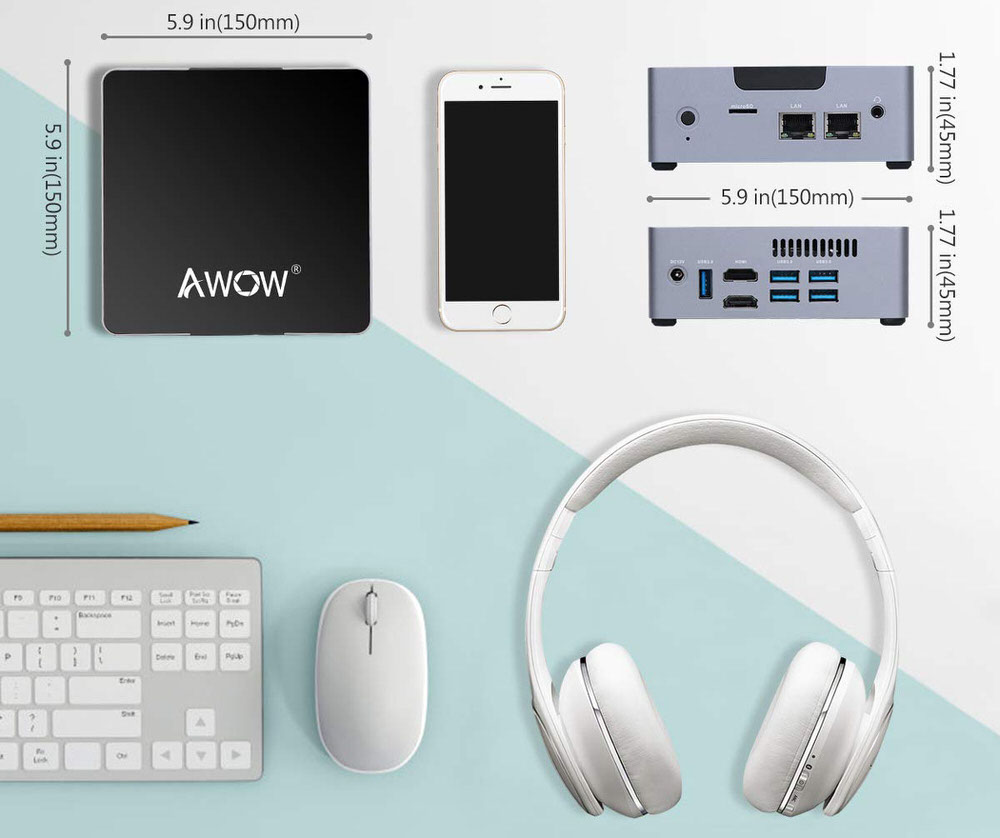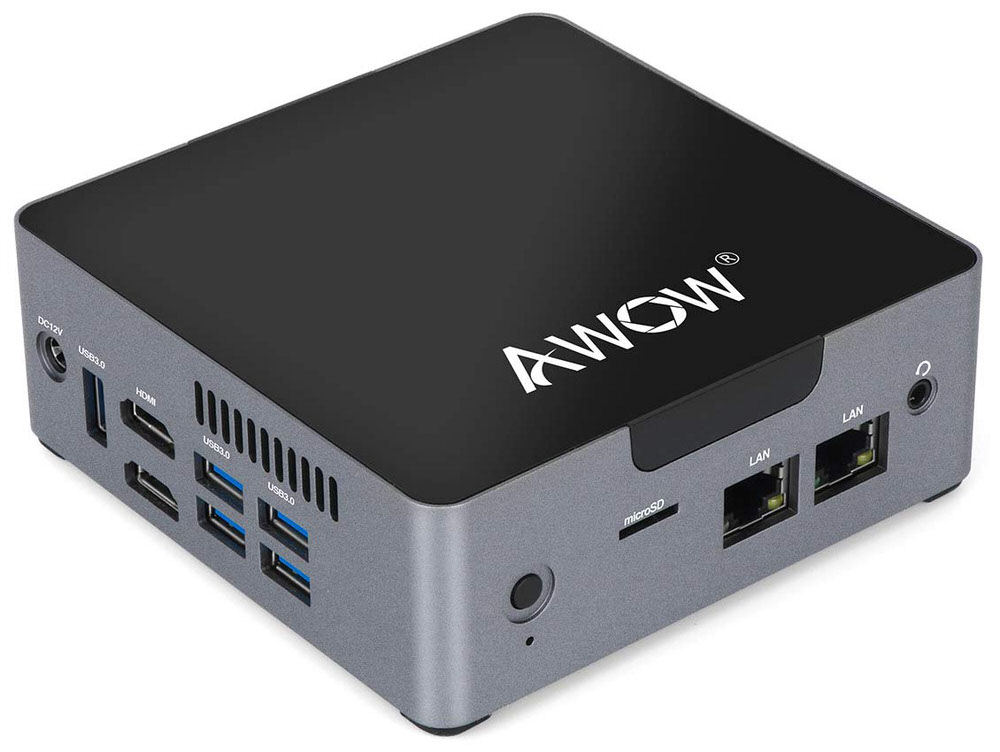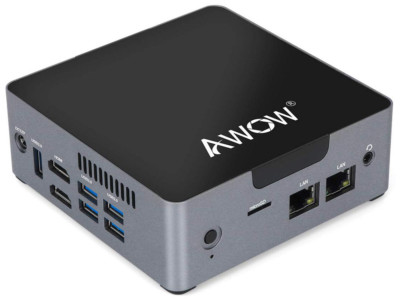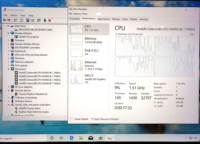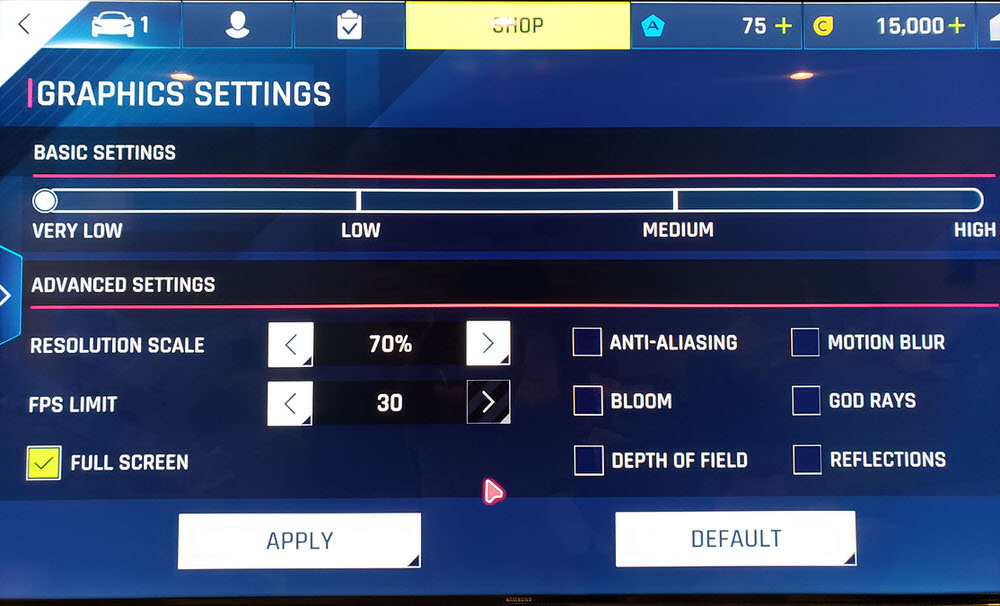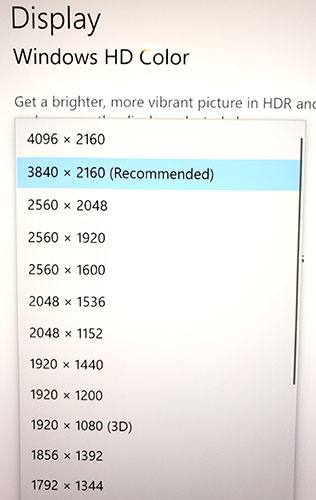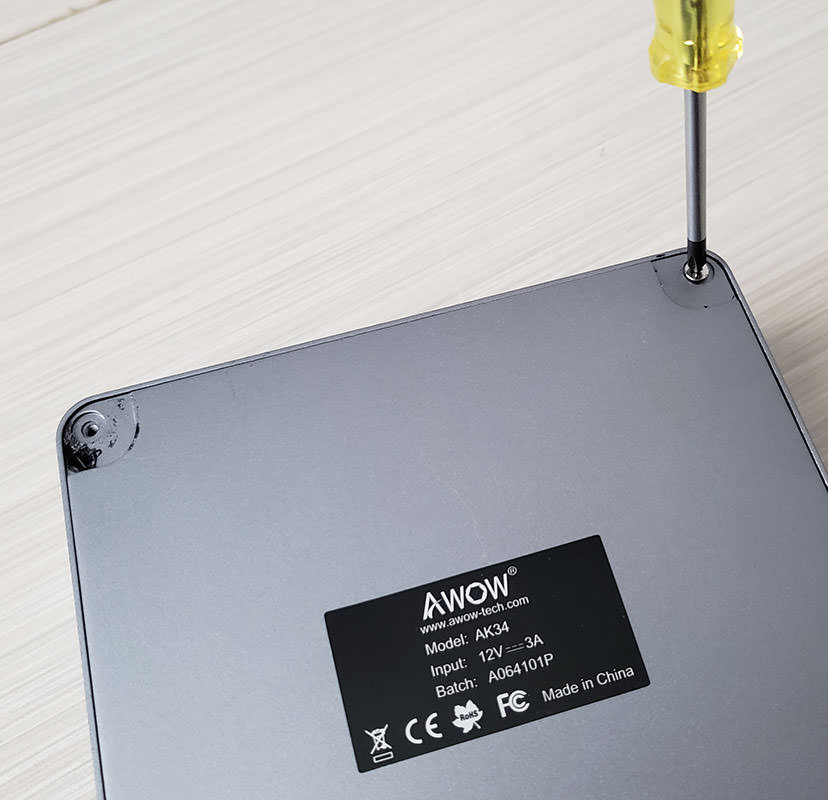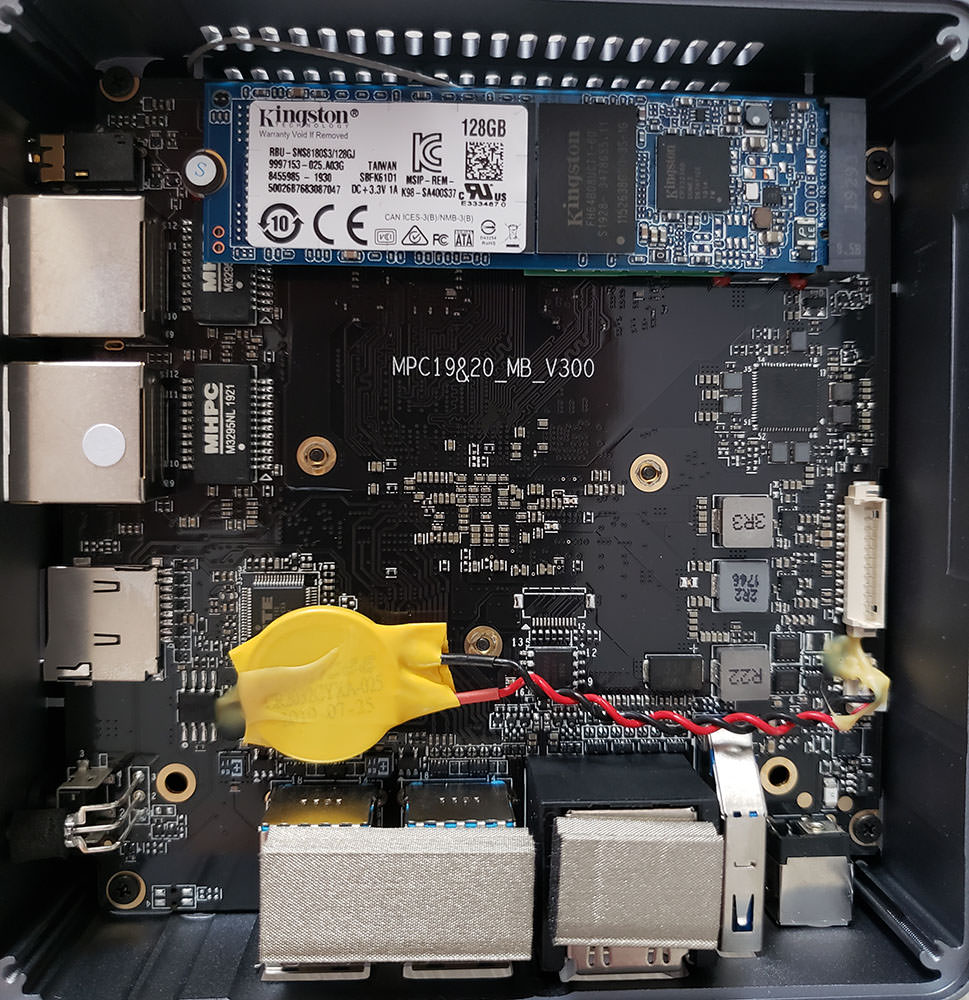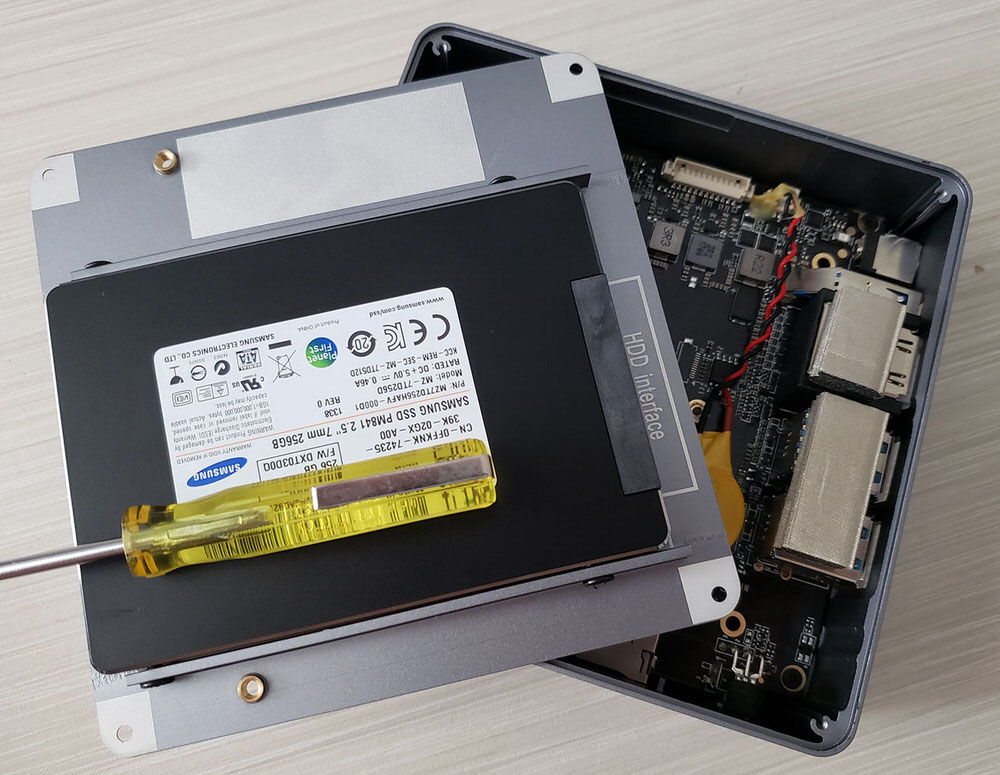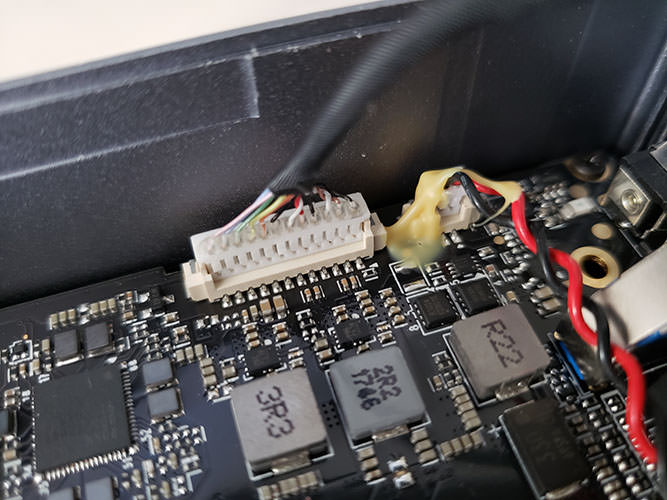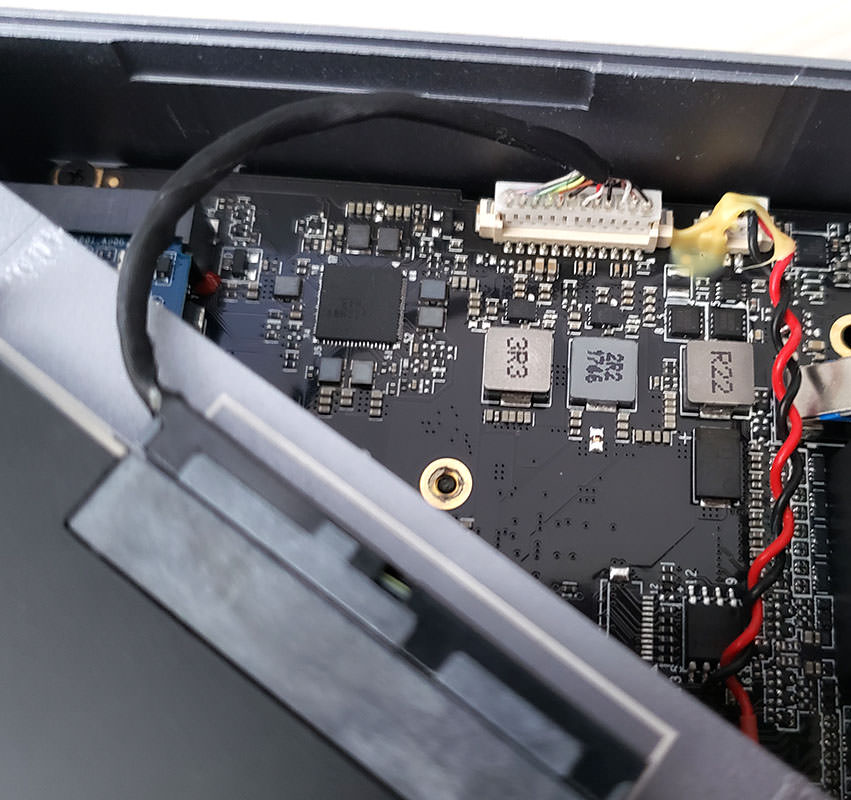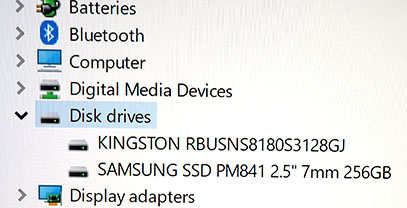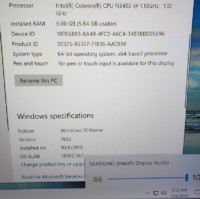Contents
Introduction
I have owned, customized, and built a lot of computers over the past 30 years, and one trend is clear: consumers are increasingly desiring more portable machines today (like laptops, tablets, or hybrids like Microsoft’s Surface) than desktop PCs. In addition, today’s computers all handle work and casual consumption very well and come in all sorts of forms and functions. Where power is still needed are hardcore gaming and professional work, such as photography, videography, and architectural drawings.
I have owned, customized, and built a lot of computers over the past 30 years, and one trend is clear: consumers are increasingly desiring more portable machines today (like laptops, tablets, or hybrids like Microsoft’s Surface) than desktop PCs. In addition, today’s computers all handle work and casual consumption very well and come in all sorts of forms and functions. Where power is still needed are hardcore gaming and professional work, such as photography, videography, and architectural drawings.
When Microsoft built Windows 10 with the intent to allow it to run on low-powered, portable tablets and computers, smaller devices started flooding the market. Intel eventually introduced their Mini PC Stick specification: a computer the size of two fingers that can run on any HDMI-enabled television. The early versions were limited in capability, and although I liked them, they never met my needs. At nearly the same time, the Mini PCs started re-gaining some popularity — full-featured computers that are so small, they can be stored away in a drawer and be expanded with large hard drives.
I had a great experience with the Awow TX2 Mini PC stick and decided to take a look at this AK34 Mini PC to replace my aging server — an ultra-portable 2014 Dell laptop. I wanted a fully-capable computer that could have a lot of storage and be used as a low-profile server. At the same time, I also needed one to connect to our family’s 65″ Samsung TV to allow for couch web surfing and anything an office worker might need a computer for.
In A Nutshell
This Awow AK34 Mini PC with a quad core processor, 6GB of DDR4 memory, Kingston M.2 128GB of SSD storage (plus 2 ways to expand), Dual-band WiFi, Dual Gigabit Ethernet, Dual HDMI output, and 4K TV support is VERY capable for a computer of this size. Couple this with the ability to install your own version of Windows 10 (and possibly other operating systems like Linux), and the use cases expand exponentially.
The Brain: Intel Celeron N3450
The CPU, the “brain” of a computer, is an important piece to gauge performance. The Celeron brand had always been associated with lower-end computers and this is not an exception.
It costs about $160 when bought in bulk and was released in late 2016. It contains 4 (quad) processing cores, allowing for better multi-tasking (running multiple applications at the same time). It was typically used with budget laptops, and I was happy to see that some manufacturers would take it and build a Mini PC instead. It performs at about half the capacity of Intel’s Core i5-5200U processor and slightly outperforms the budget Intel Core i3-330M in benchmarks! That got me very excited to see how well it would perform as a low-profile server under my TV. The N3450 CPU provides a good power-to-price performance ratio and comes with Intel’s HD Graphics 500 processor to power some 3D games.
What’s Good? What’s Bad?
Pros
- Budget laptop-like computing performance with a good performance-to-price value
- Fully capable of browsing the internet, use Microsoft Office, watch movies, do some light photo editing, play some games downloaded from the Microsoft (App) Store
- Acceptably runs a 3GB, dual core, Windows 10 Pro VM within VMware Workstation Pro 15
- EXCELLENT price ($209.87 at the time of this writing) for a low-profile Mini PC
- The CPU itself costs $160 AND comes with a $45 Kingston 128GB SSD M.2 drive
- Compact and portable at 5.9″ x 5.9″ x 1.75″
- Kingston 128GB M.2 SATA (not NVMe) SSD drive
- Model: rbusns8180s3128gj
- Read 501 MB/s, Write 502 MB/s
- Can easily be swapped with a 1TB M.2 SSD drive
- Expandable storage via 2.5″ SATA (up to 2TB)
- How-to: “AWOW NYi3 install HDD/SSD” (YouTube)
- Screws and cable are included
- Expandable storage via a microSD card (up to 256 GB)
- Note that microSD cards are very slow and not as reliable as SSD drives
- I strongly recommend Sandisk or Kingston cards for better reliability
- Dual-band WiFi (2.4 GHz and 5 GHz) (Intel AC 3165)
- Bluetooth 4.0, allowing the use of Bluetooth keyboards, mice, and headphones
- Dual HDMI ports, allowing 2 displays to be used (ie. 2 monitors)
- Is able to power my Samsung TV at 4K!
- Can be connected to any HDMI device, such as a TV or projector
- If the TV does not support HDMI but has VGA, you could purchase a HDMI-to-VGA cable
- Generous number of USB 3.0 ports: 5
- Connect printers, a USB display, keyboard, scanner, external hard drive (as much as 8 TB)
- Dual Gigabit Ethernet ports, allowing you to set up this PC as a router, connect it to two networks, configure for failover, and more
- Both NICs show up as “Realtek PCIe GbE Family Controller” in the Windows Device Manager, and if I remember correctly, it is the RTL8111H chipset
- Fairly quiet operation (you can hear the fan at peak performance, however)
- A GENUINE copy of Windows 10 Home x64 is pre-installed. See TIPS section for more info
- Not locked down: you can install an operating system of your choice, such as Windows 10 Pro or even Linux
- Manufacturer was responsive in my inquiries/questions about the product while I tried to install Windows 10 Pro (see TIPS section for more)
- Build quality is excellent
- Netflix, YouTube, Google Chrome web browsing all ran at the same time and performed flawlessly
- Gaming performance is acceptable
- Gameloft’s Asphalt 9 Legends ran at nearly 4K with the lowest settings, though I suggest dropping the resolution down to 1080p (or having the game run in a window) instead for smoother play
- TPM 2.0 (Trusted Platform Module) is included to allow for better security and encryption
- Very fast startup from power off state
- Headphone audio jack
- Warranty: 1 Year + 6 months if registered through their website
Cons
- Manufacturer does not, at the time of this writing, have a recovery image available on their website in case you mess up your Windows 10 installation
- When I installed Windows 10 Pro, however, Windows Update was able to find ALL drivers needed
- Does not support all forms of wireless keyboards/mice right out of the box, and this is normal for any new Windows 10 configuration, whether it’s a laptop, tablet, or desktop PC. See TIPS section for more info
- Windows 10 Home. See the TIPS section for more info
- RAM (memory) is not upgradable
- No instructions in the printed guide on how to install a 2.5″ SSD SATA drive
- See YouTube for installation on another Awow Mini PC. The steps are the same
Additional Specs
- WiFi: can operate on the slower, more compabible, and longer-distance 2.4 GHz frequency or on the faster (but more limited in distance) 5 GHz radio
- Supports 802.11 ac and the older 802.11 b/g/n
- Uses Intel AC3165 chip
- Chipset: uses the standard Intel chipset, which Windows 10 supports right out of the box
- BIOS: Aptio setup utility by AMI
- Battery: a lithium polymer battery is required and already installed. Presumably, to keep BIOS data alive like all computers
Tips
- Wireless Keyboards/Mice: The Mini PC does not support all forms of wireless keyboards/mice right out of the box, and this is normal for any new Windows 10 configuration
- If you have a Logitech or Microsoft wireless keyboard/mouse, Windows may already know how to talk to them. Simply plug in the USB dongle and see if both work. It did detect my Logitech Bluetooth keyboard without any additional configuration
- If wireless is not detected, you will have to plug in a wired mouse and keyboard to complete the Windows installation and THEN add a Bluetooth or USB wireless keyboard/mouse through the Settings app
- Video Conferencing: I have set up this Mini PC with a Logitech USB web cam so my family could Skype (or Facebook Messenger) video conference with others on a large-screen TV
- This is a HIT with the young kids and grandparents!
- Make sure you use a web cam that can have its lens closed for privacy reasons
- Expanding Storage: Installing an additional 2.5″ SATA SSD was hassle-free
- Pop off the 4 rubber feet to reveal the screws. Take off the cover, screw on the SSD drive to the plate, and connect the included SATA cable and attach it to the open slot on the motherboard
- Be sure to orient the connector correctly into the motherboard to prevent damage of any pins
- Windows recognized my Samsung 256GB SSD (PM841) right away
Windows 10
Windows 10 Home (64-bit) is pre-installed with a genuine license. However, as a computer professional with more demanding needs, there are several issues I have with this edition of Windows. So, I looked into replacing it with Windows 10 Pro. How did it go? It went FLAWLESSLY. But first, why don’t I like Windows 10 Home?
- Not capable of hard drive encryption
- If you lose your Mini PC, your data could potentially be compromised especially with a device this small
- Windows 10 Pro and Enterprise support Bitlocker encryption
- Cannot be controlled remotely with Microsoft’s Remote Desktop Protocol
- You can still control this Mini PC with third party software, such as the free TeamViewer or VNC
- Configuration requires a Microsoft account to finish setup
- There was no way to skip that like in the past (where you could create a Local Account first), but Windows does state that you could delete the Microsoft account from the computer after everything has been set up. It’s an additional step I did not want to be forced to take as a computer professional
- Workaround: disconnect the Mini PC from the Internet during setup, and Windows will not require you to sign in with a Microsoft account
- With cybersecurity attacks being a concern, I wanted to wipe out the existing Windows installation and put on a fresh copy configured the way I wanted
Windows 10 Pro Installation
- This procedure is NOT for the casual Windows user. So, be careful as a recovery image is NOT available on the manufacturer’s website at the time of this writing
- Right out of the box, Windows 10 Pro installed perfectly. It detected every device and configured everything well — except for one. However, when I ran Windows Update, it found the driver and everything was good to go!
Final Thoughts
This Awow AK34 Mini PC impressed me. It is quite capable and ran smoother when I performed a fresh Windows 10 Pro install (although the factory image was perfectly fine too). I was able to use the computer at 4K resolution just fine, although there were short, momentary delays before full performance kicked in for videos. I lowered the resolution to 1080p instead for use on my 4K Samsung TV because some legacy applications look terribly tiny at 4K, but that is not the fault of this PC.
As stated earlier in the review, I also have a Windows 10 Pro x64 VM running with 3 GB RAM and 2 CPUs assigned from within VMware Workstation Pro 15, and it runs okay. Unlike with the 2014 Dell ultra-portable laptop — which had a mid-range CPU and more RAM — I wanted this Mini PC to replace, you will have to exercise some patience as things did not respond as snappy as with the former.
It works just like any other Windows computer, and the manufacturer’s responsiveness to my feedback and inquiries was unexpectedly great. For business or casual use, this Mini PC is more than adequate and can run office applications, some games, and entertainment apps. I now have a portable PC available to take with me on travels to be connected to hotel TVs (that support HDMI) and do whatever I want with it on a larger screen.
Where To Buy
- Awow AK34 Mini PC
- 2.5″ SATA hard drive – Any up to 2TB should work
- Awow TX2 Mini PC Stick
- Logitech K400 Plus Keyboard with Touchpad
Related Reviews
- Beelink GT-R Pro / GT-R / U57 / Gemini X55

